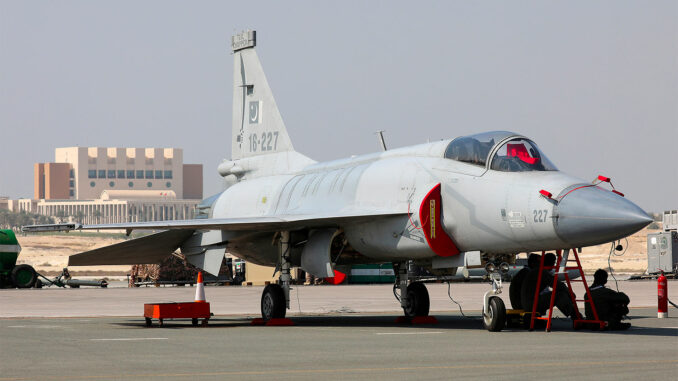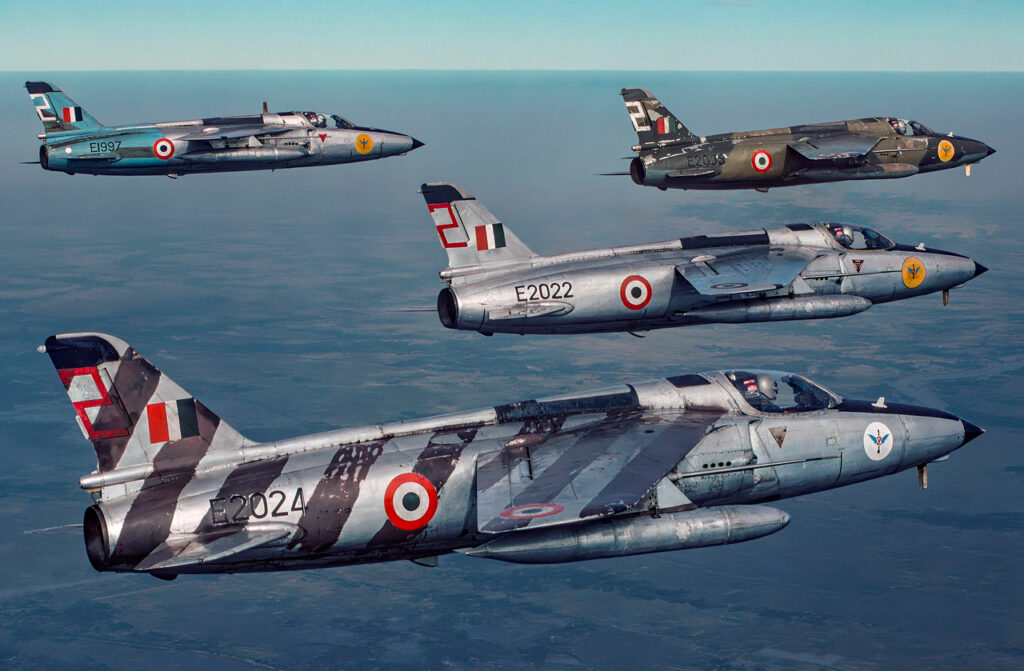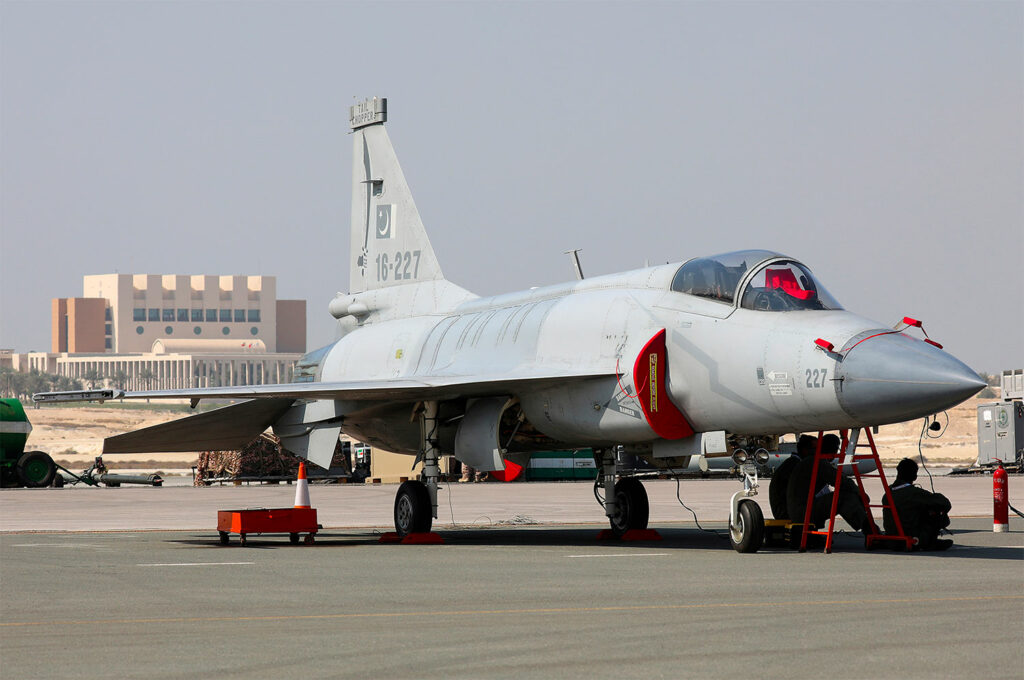
Detailed analysis of the impact of geopolitical tensions on India’s fighter jet acquisitions in relation to China and Pakistan.
Persistent tensions between India, China, and Pakistan have a direct impact on India’s strategic decisions regarding fighter jet acquisitions. Faced with multiple threats on its northern and western borders, India is adjusting its air defense strategy to maintain its regional superiority. This analysis explores how these geopolitical tensions influence India’s choices in combat aircraft, focusing on technical aspects, international partnerships, and strategic implications.

The Chinese threat and its implications for Indian acquisitions
China’s military rise, particularly with the deployment of the J-20 stealth fighter, is pushing India to strengthen its air capabilities. The J-20, with its stealth capabilities and advanced systems, poses a direct threat to India, particularly in disputed border regions such as Ladakh. In response, India has accelerated the acquisition of French Rafale fighter jets, renowned for their versatility and ability to operate in hostile environments. In addition, India is investing in the development of the Advanced Medium Combat Aircraft (AMCA), a fifth-generation fighter jet project designed to counter Chinese advances.
Sino-Indian tensions have also led India to strengthen its air presence in mountainous regions by deploying Sukhoi Su-30MKIs and modernizing its air infrastructure. These measures are intended to ensure a rapid response in the event of escalation and to deter any attempted incursions.
Pakistan’s influence on Indian air strategy
Pakistan, with China’s support, has strengthened its air fleet by integrating JF-17 Thunder and J-10C aircraft. These aircraft, equipped with advanced technology, pose a challenge to India, particularly in the context of tensions in Kashmir. In response, India has invested in modernizing its MiG-29 and Mirage 2000 aircraft, while accelerating production of the Tejas, a light fighter jet developed in India.
The recent clashes have highlighted the need for India to have an air fleet capable of responding quickly and effectively to threats. This has led to a reassessment of air defense requirements and an increase in budgets allocated to the acquisition and modernization of fighter aircraft.
International partnerships and their impact on India’s choices
India has diversified its defense partnerships to reduce its dependence on a single supplier. In addition to France with the Rafale, India is collaborating with Russia on the Su-30MKI and exploring partnerships with the United States for advanced technologies. These collaborations give India access to a diverse range of technologies and strengthen its local production capabilities.
The “Make in India” program plays a central role in this strategy by encouraging local production of fighter jets and promoting technology transfer. This not only strengthens India’s aerospace industry, but also ensures strategic autonomy in the face of regional threats.

The strategic implications of acquisition choices
India’s fighter jet acquisition decisions have implications beyond the military sphere. They reflect a desire to assert itself as a regional power capable of defending its interests against hostile neighbors. By strengthening its air fleet, India is sending a clear message of deterrence to its adversaries and asserting its sovereignty over disputed regions.
Furthermore, these choices influence the geopolitical balance in South Asia, prompting other countries to strengthen their own defense capabilities. As an emerging power, India plays a key role in regional stability, and its air defense decisions are closely scrutinized by the international community.
War Wings Daily is an independant magazine.